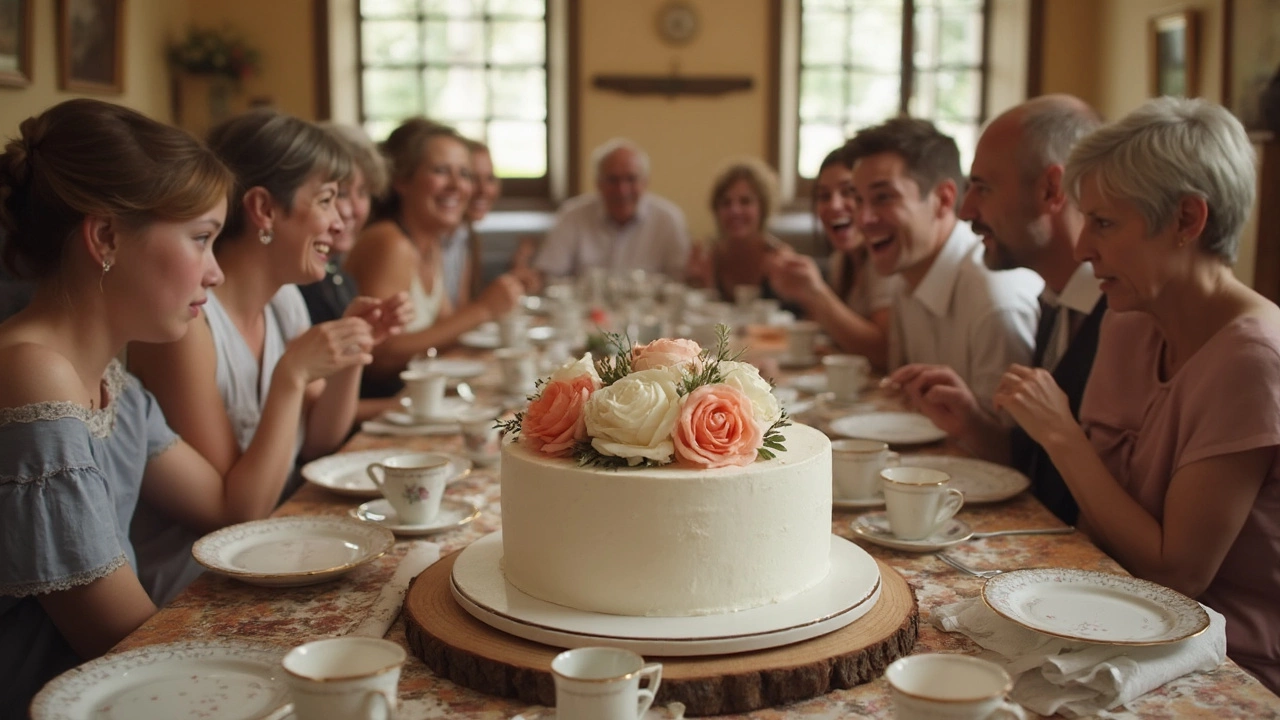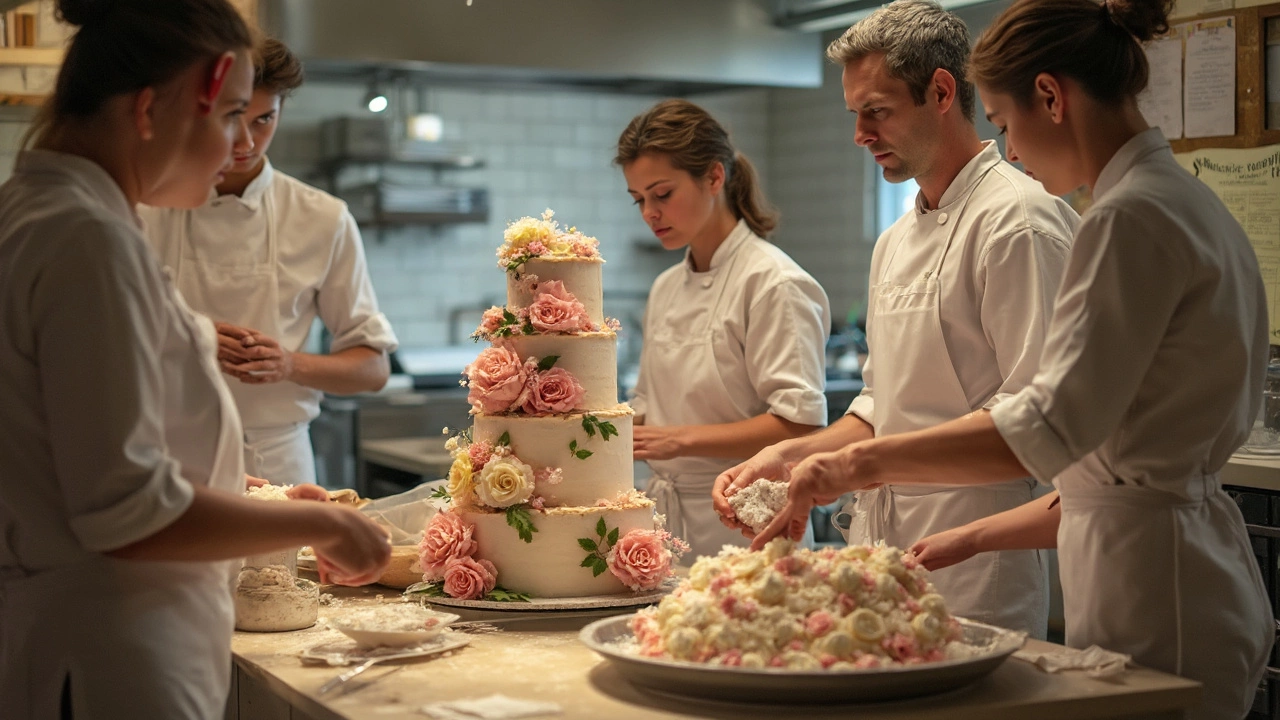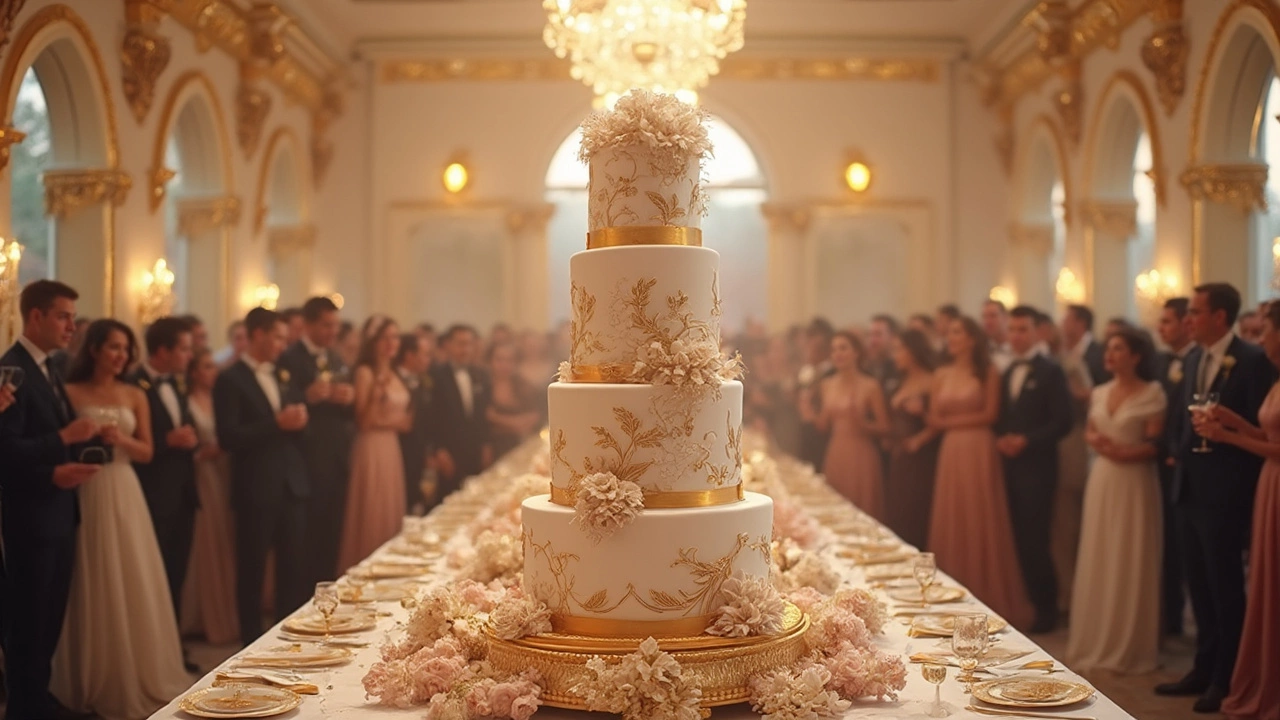Wedding Cakes: Everything You Need to Know
When you picture your wedding day, the cake is usually right in the middle of the image. It’s more than just a dessert – it’s a centerpiece, a tradition, and a chance to show off your style. But with so many options, it can feel overwhelming. Let’s break it down into simple steps so you can pick a cake that tastes great, looks stunning, and fits your budget.
Choosing the Right Style and Flavor
First, think about the overall vibe of your wedding. Are you going for a classic white‑on‑white look, a rustic garden feel, or something bold with bright colours? Your cake should echo that theme. A simple two‑tier white fondant cake works well with a formal ballroom, while a naked cake with fresh flowers fits a country setting.
Flavor is personal, so talk to your partner about what you both love. Classic vanilla, chocolate, or red‑velvet are safe bets, but you can mix things up with lemon‑raspberry layers or a salted‑caramel filling. If you’re not sure, ask your cake designer for a tasting session. Most bakers will let you sample two or three combos before you decide.
Speaking of cake designers, knowing the right title matters. Articles like “What Is a Fancy Baker Called? Pastry Chef or Pâtissier for Wedding Cakes” explain the difference. A pastry chef usually handles a broader range of desserts, while a pâtissier (or cake designer) focuses specifically on artistic cake work. Choose the professional whose style matches your vision.
Saving Money Without Skimping on Taste
Weddings can get pricey, but the cake doesn’t have to break the bank. One trick is to keep the tiers small and add a dessert table with cupcakes, macarons, or cake pops. A post titled “Wedding Cake vs Cupcakes: Which Dessert Saves More on Your Big Day?” shows that cupcakes can be a fun, cheaper alternative for many guests while still letting you have a traditional cake for cutting.
Another tip is to limit intricate sugar work. Simple fresh flowers or a single ribbon can look elegant without costing extra for hand‑crafted sugar roses. Ask your cake designer for a cost breakdown; sometimes a small change in decoration can shave off a few hundred pounds.
Don’t forget the delivery and setup fees. Some venues allow you to bring your own cake, which can save on vendor markup. Just double‑check the venue’s rules so you don’t get surprised on the day.
Finally, plan your cake order early. Booking a baker 6‑9 months ahead gives you time to negotiate, taste, and make adjustments without last‑minute rush fees. It also ensures the baker has enough time to source fresh, high‑quality ingredients.
Putting it all together, the perfect wedding cake is a balance of style, flavor, and smart budgeting. Start by defining your wedding theme, pick a flavour you love, talk to a qualified pastry chef or cake designer, and look for simple decorations that won’t blow your budget. With these steps, your cake will be a sweet highlight that matches the magic of your day.

- Jun, 11 2025
- Comments 0
Does Costco Sell Wedding Cakes? Your Guide to What's Possible (and What's Not)

- May, 17 2025
- Comments 0
Why Bakeries Charge More for Weddings: The Real Reasons Explained

- Feb, 28 2025
- Comments 0